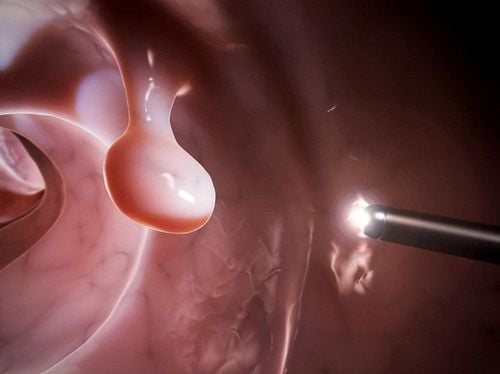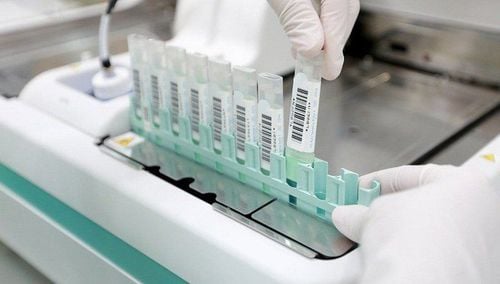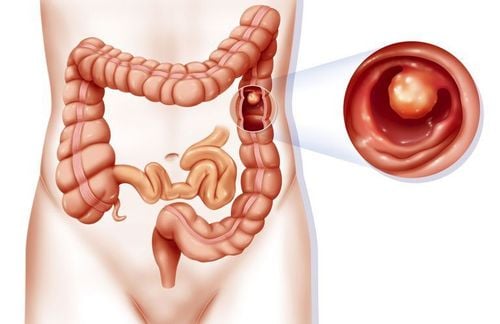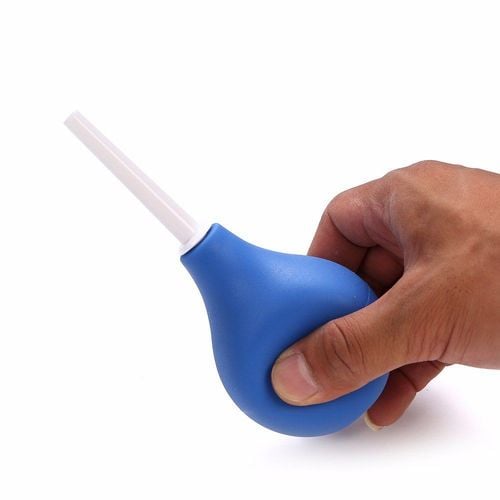This is an automatically translated article.
The article was professionally consulted by MSc Vu Van Quan - Gastroenterologist, Department of General Surgery & Anesthesiology - Vinmec Hai Phong International General HospitalColonic polyposis is defined as a small benign tumor shaped like a tumor. Most colon polyps are benign. But in some cases they develop into cancerous malignancies. The diagnosis of colon polyps as benign or malignant plays an important role in the treatment of the disease.
1. Diagnosis of colon polyps
Methods of diagnosing colon polyps include:
Contrast colonography: Inserting contrast material into the colon before taking X-rays to see the colon more clearly, helping to detect colon polyps. Colonoscopy: An endoscope with a camera is inserted through the anus to the rectum and colon to look inside the colon. The endoscope has tools to remove polyps during the procedure. Computed tomography (CT scan): An imaging method to help visualize the colon and detect polyps. Stool test: The patient takes a stool sample in a special device to test for blood or signs of cancer. Colonoscopy with flexible bronchoscope in addition to diagnosing with or without polyps, conducting biopsies to diagnose histopathology - cytology to see whether benign or cancerous colon polyps, through flexible bronchoscopy polyps can be treated (colon polypectomy), which is an uncomplicated, low-cost treatment that doesn't require an inpatient stay.
With generations of magnifying endoscopy - combined with staining, endoscopy with narrow light frequency (NBI endoscopy) ....... Capable of evaluating colon polyps as benign or malignant very good and capable of diagnosing the disease at a very early stage.
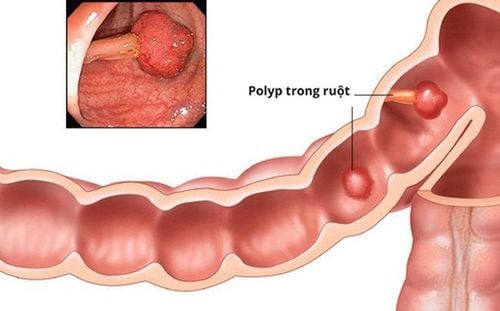
2. Why do colon polyp biopsies?
Diagnosis of polyps is based on methods such as colonoscopy, preferably colonoscopy. Colonoscopy is the best method to help examine the colon because it helps to see the entire lining of the colon and can biopsy colon polyps for cytology and detection of malignant cells.
Through colonoscopy, the doctor will observe the entire inside of the colon, helping to detect lesions, one or more colon polyps, and the specific location and size of the polyps. Then, a biopsy of colon polyps helps the patient to diagnose malignant or benign colon polyps. Biopsy of colon polyps can be done through colonoscopy. The doctor will take a tissue sample through the endoscopy process and take the biopsy under the microscope. If the biopsy results are benign, the patient may or may not need colonic polypectomy.
In case of malignant colon polyp biopsy results, it is necessary to remove polyps and monitor the patient's health status. If there are abnormal signs or the appearance of a colon tumor, it is necessary to have a repeat surgery to remove one or all of the colon, this depends on both the health of the patient and the extent of the disease.
3. How is a colon polyp biopsy performed?
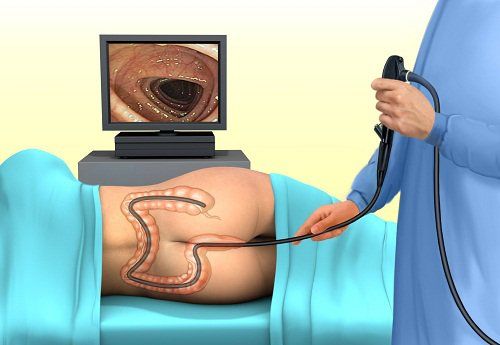
Colon polyp biopsies are mainly done through colonoscopy. Before colonoscopy, the patient is cleaned of the colon with medication.
Next, a flexible endoscope with a camera is inserted from the anus to view the entire inside of the colon, helping to detect lesions in this area along with polyps. Depending on each case, the doctor appoints the cutting method and the number of cuts. If the patient has many polyps, it can be removed 2-3 times until the tumor is completely removed.
In case of large polyps that cannot be removed through endoscopy, surgical methods are applied:
Stemless polyps, small size: Cut with thermal biopsy pliers, the doctor will insert biopsy pliers into the colon, Observe on the screen when the tip of the biopsy pliers comes close to the polyp, the biopsy pliers will be opened, the doctor pushes the biopsy pliers to the right polyp position and closes the biopsy pliers and proceeds to cut the polyp. The polyps with peduncles and relative size are mainly cut in a blend style to limit bleeding. After the polyp is removed, the specimen will be sent to the laboratory to determine whether it is benign or malignant. With benign colon polyps, the patient only needs to be periodically re-examined as prescribed by the doctor. But if the colon polyp is malignant, the doctor prescribes additional diagnoses such as: X-ray, magnetic resonance, computed tomography... to determine the extent of the spread of cancer cells, determine the stage. disease stage.
Colon polyps are one of the factors that increase the risk of cancer, so for patients who have had polyps removed, they are still advised to pay attention to regular health checkups and colorectal cancer screening.
Please dial HOTLINE for more information or register for an appointment HERE. Download MyVinmec app to make appointments faster and to manage your bookings easily.





